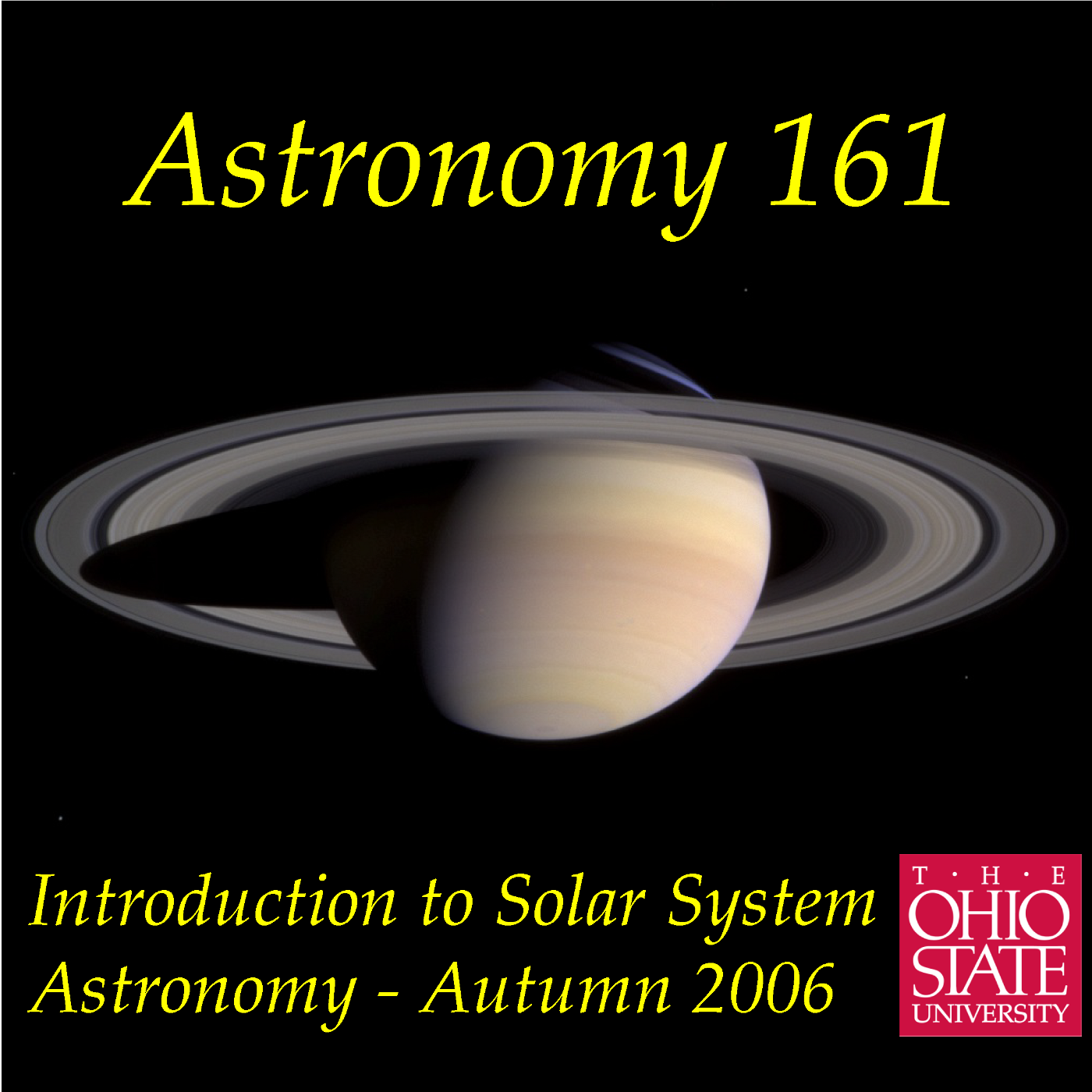Lecture 6: Daily and Annual Motions

Why do celestial objects appear to rise in the East and set in the West?\nHow does this depend on where you are on the Earth, or the time of year?\nToday we set the heavens into motion, and look at the two most basic\ntypes of celestial motions. Apparent daily motions are a reflection of\nthe daily rotation of the Earth about its axis. The apparent annual\nmotions are a reflection of the Earth's orbit around the Sun. To\ndescribe the Sun's apparent annual motion, we introduce the Ecliptic,\nthe Obliquity of the Ecliptic, and four special locations along the\nEcliptic: the Solstices and Equinoxes. This will set the stage for much\nof our discussions in rest of this section. Recorded 2006 Sep 27 in 100\nStillman Hall on the Columbus campus of The Ohio State University.